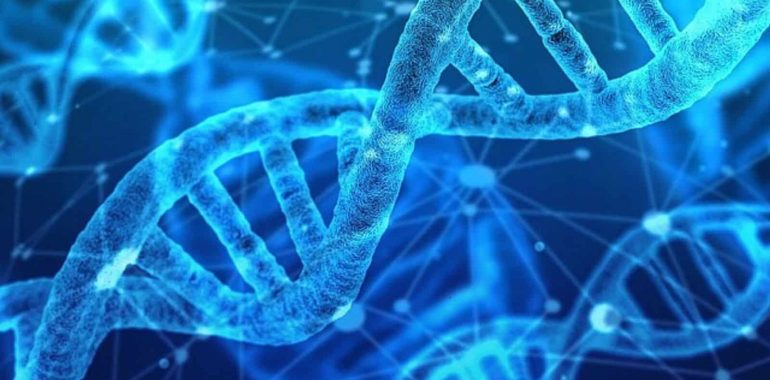New Algorithm Maps Human Genetic Diversity Across Geography and Time

New Algorithm Maps Human Genetic Diversity Across Geography and Time
Researchers have developed an algorithm that maps shared ancestry across geography and time in a move that could reshape how scientists study human genetic diversity. The method may help uncover how DNA differences evolved and improve the accuracy of genetic studies.
A team of researchers introduced the algorithm called GAIA in the journal Science, aiming to explain the roots of genetic diversity. GAIA estimates when and where common ancestors lived, offering a clearer view of human migration and population changes over thousands of years.
Most current models rely on simplified assumptions, such as the idea that people chose reproductive partners randomly within small, isolated groups. However, real-world populations have always been more complex. People have formed families through social and geographic factors that changed over time—through migration, shifting group sizes, and varying cultural norms.
“Conversely, ignoring spatial demographic history can have serious implications for genome-wide association studies or the identification of loci involved in local adaptation,” said Michael Grundler, Ph.D., from the University of Michigan.
Why do traditional models fall short?
Genome-wide association genetic studies try to link specific genes to traits or diseases. However, if they ignore how populations moved and mixed over time, their conclusions may be flawed.
Human DNA is passed down through generations from ancestors who lived in many different places. These long-term movements have created patterns of relatedness across the globe.
A geographic history of human genetic ancestryhttps://t.co/2Gwcp9Wgpl pic.twitter.com/z56GQk5HwX
— Damien Marie AtHope Ⓐ
(@AthopeMarie) March 30, 2024
Understanding these patterns helps scientists explore why certain traits appear more often in some populations and how people adapt to different environments.
Unlike older models, GAIA requires fewer assumptions. It infers shared ancestors’ time and geographic location by examining genetic similarities.
In testing, the method successfully traced major population movements across Europe, Asia, and Africa—ultimately pointing to Africa as the origin of these migrations.
GAIA’s global reach and scientific potential
The researchers say this approach could offer new insight into how human groups spread, settled, and changed. It may also help identify parts of the genome that evolved in response to local conditions. Studying where ancestors lived and how they moved over time opens a window into human history.
In an accompanying article, Simon Gravel, Ph.D., of McGill University, said the new method could help researchers spot missing details in current models of genetic diversity. “It has the potential to identify critical gaps in models of human diversity,” he wrote.
As scientists continue to explore how genetics, history, and geography are connected, tools like GAIA may offer a more complete picture of what shaped humanity—and where it began.

